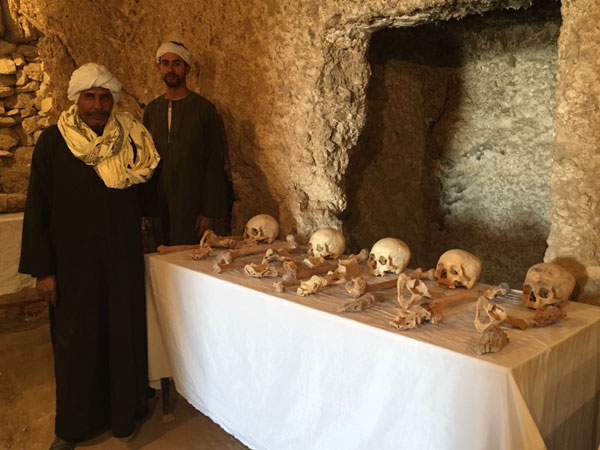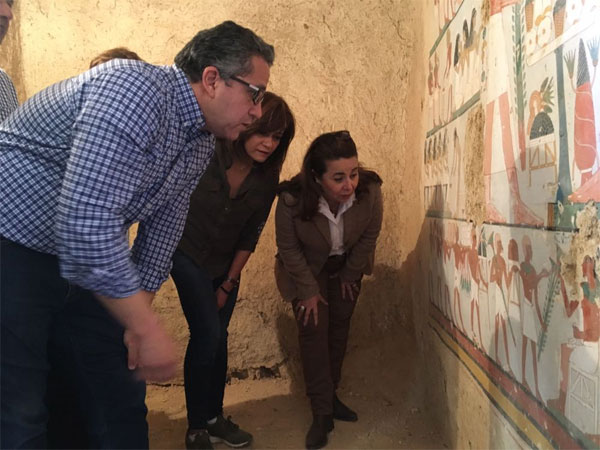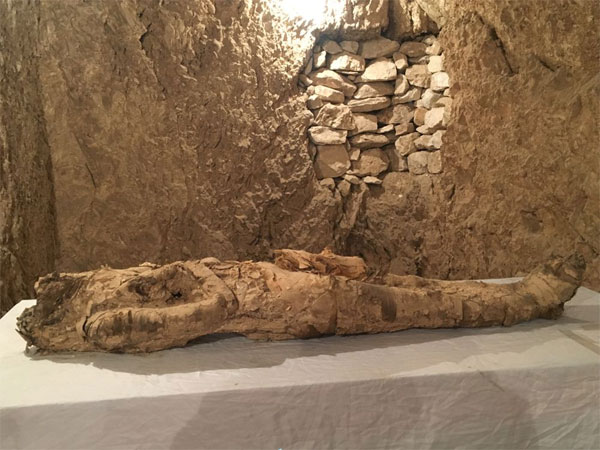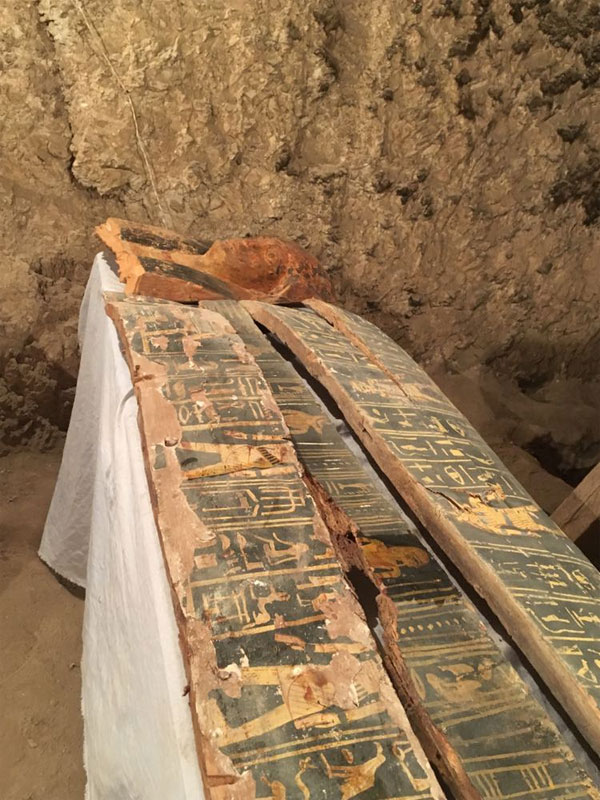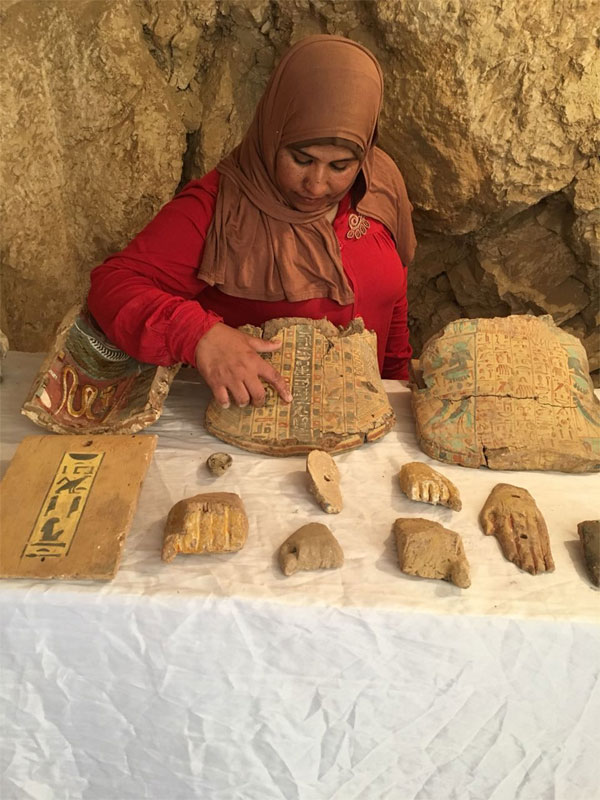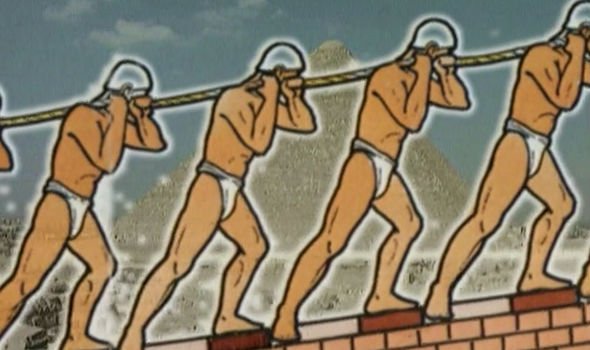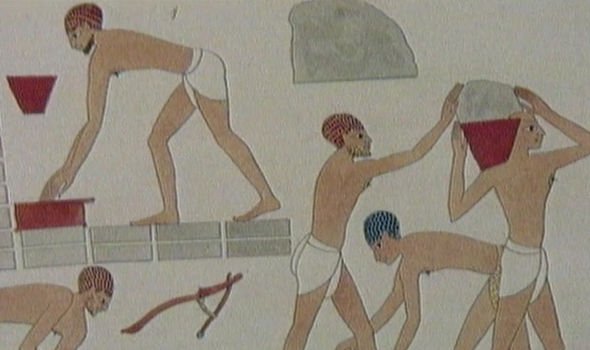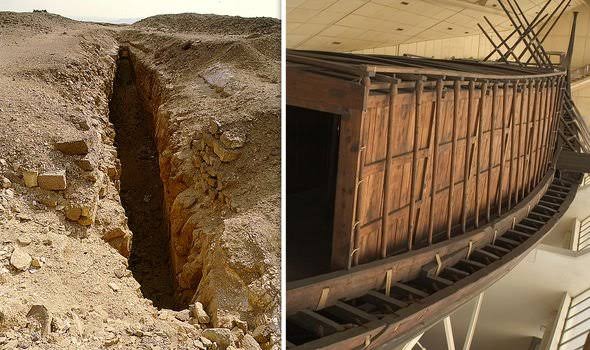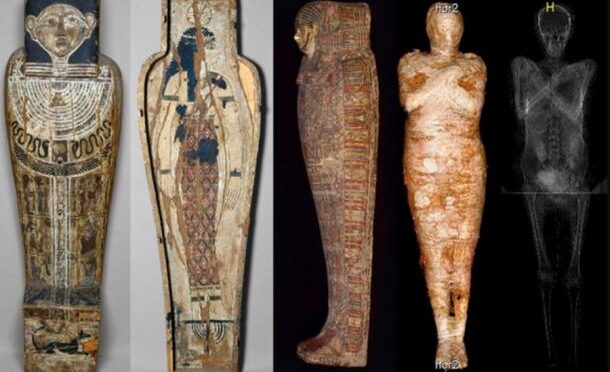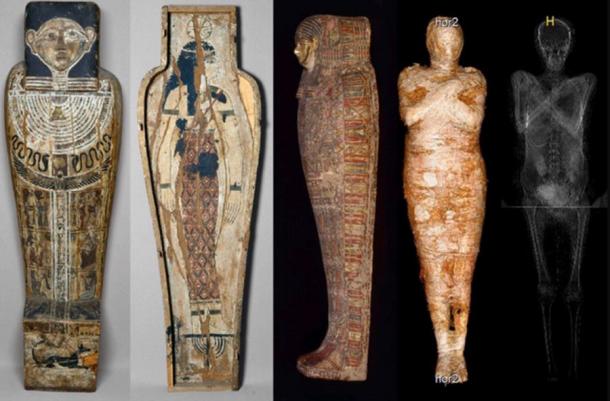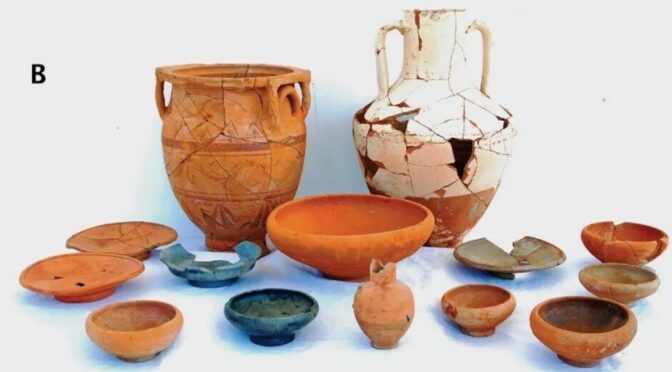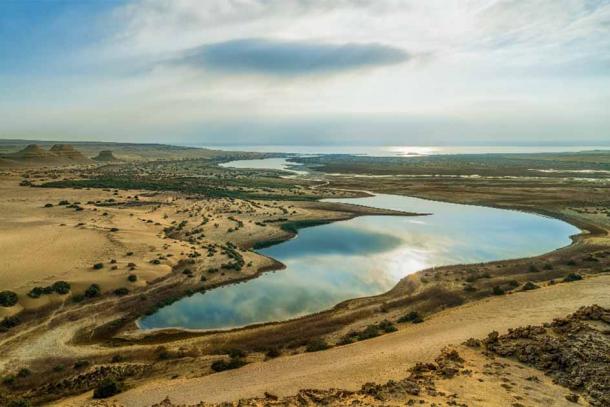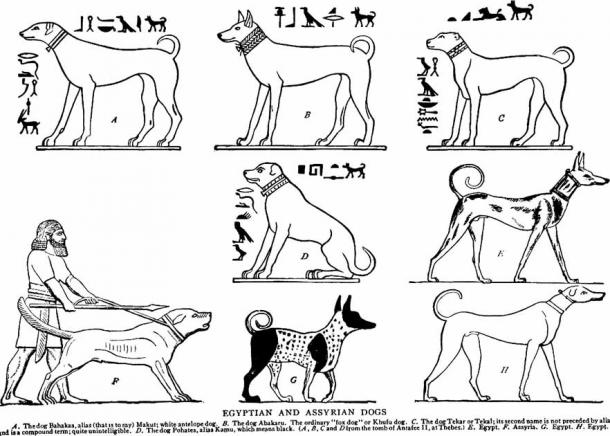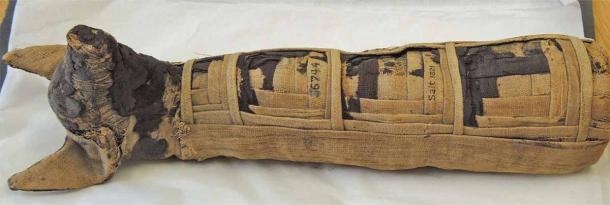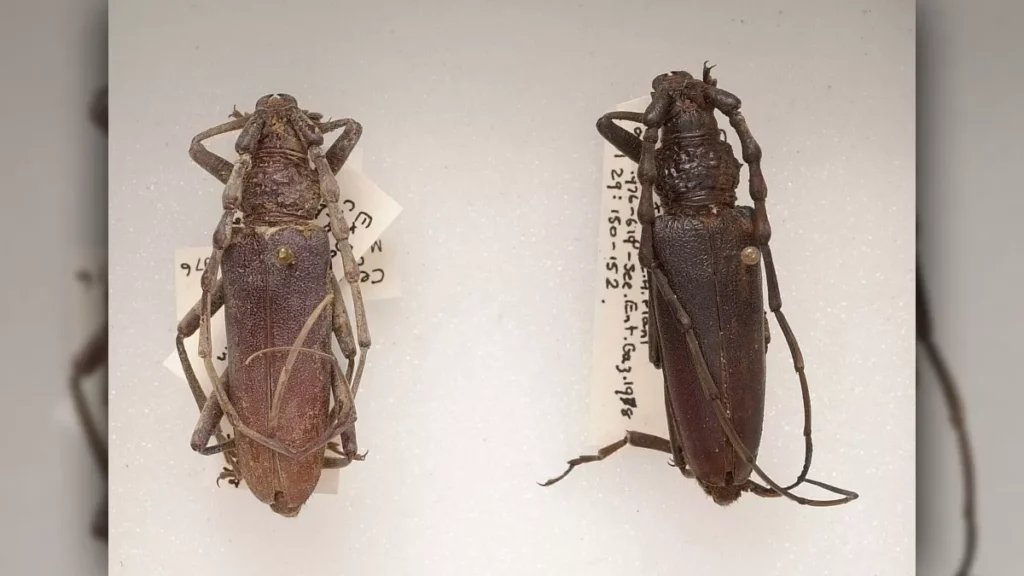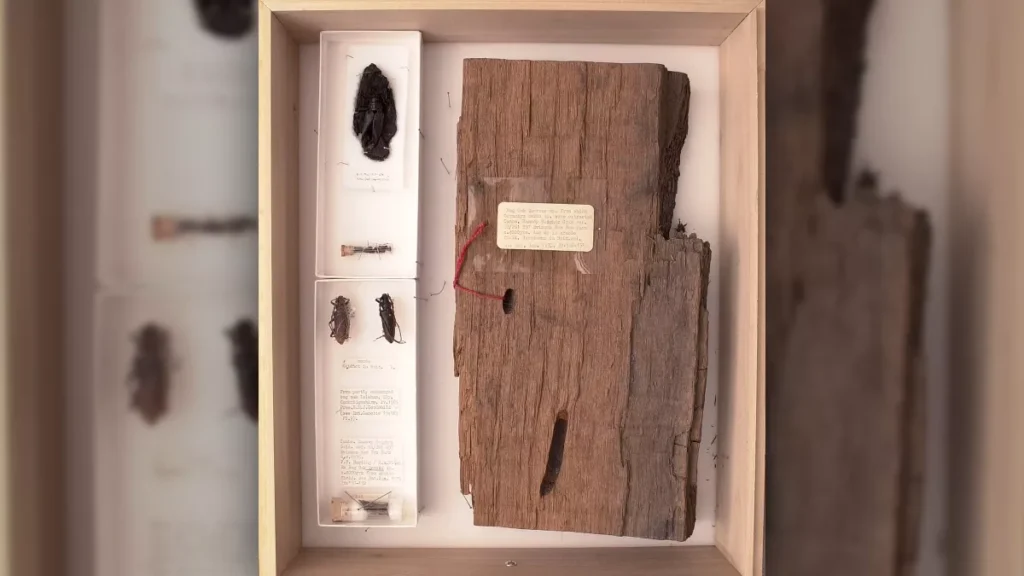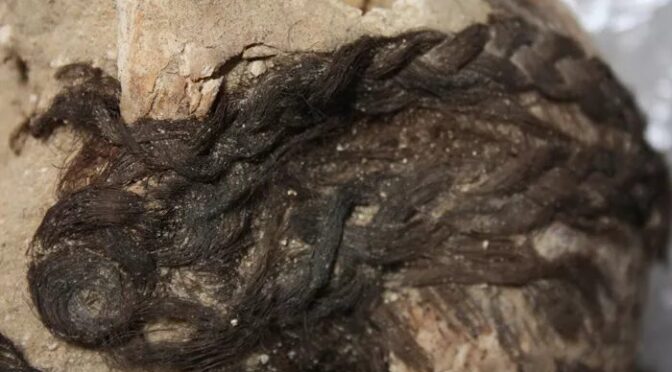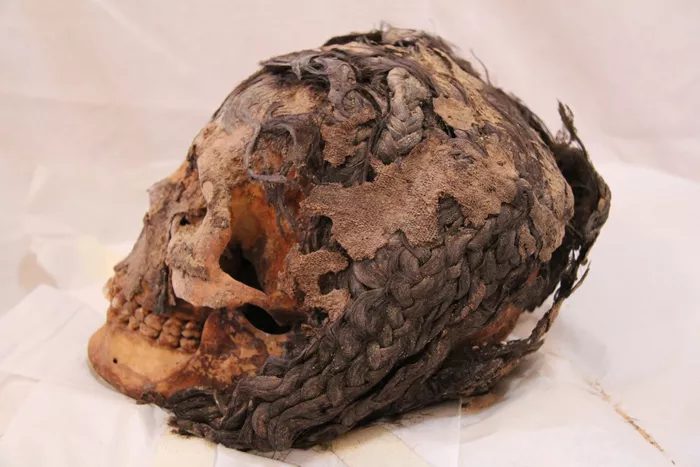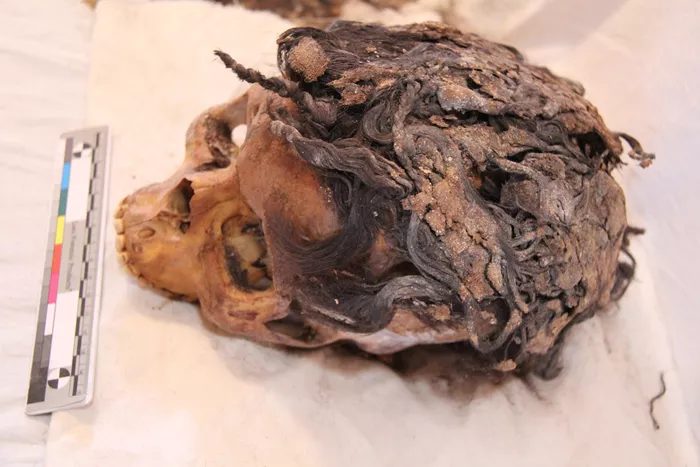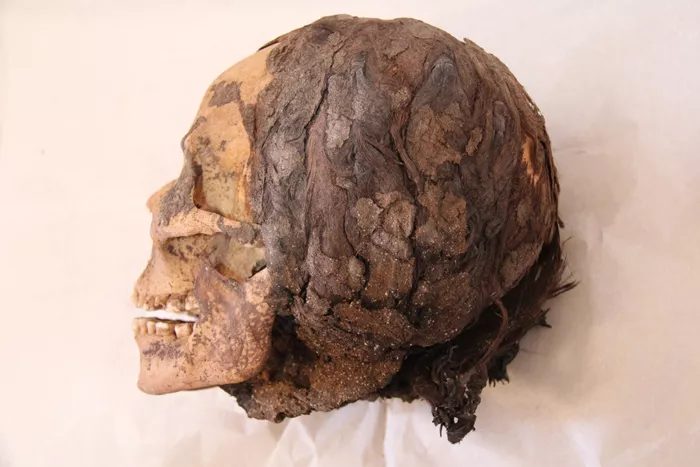Hidden Chamber Revealed Inside Great Pyramid of Giza
Even at 4,500 years old, the Great Pyramid of Giza is still revealing new secrets.
In 2015, Egyptian officials announced the discovery of a hidden corridor above the pyramid’s entrance. Measuring 30 feet long, the passage could serve as a jumping-off point for additional research into the mysterious inner chambers.
According to a new study published in the journal Nature Communications, the pyramid has been undergoing noninvasive scans since 2015.
Through an international partnership known as ScanPyramids, researchers from around the world have been using cosmic-ray imaging and infrared thermography to map out what lies behind the sand-beaten stones of the exterior.
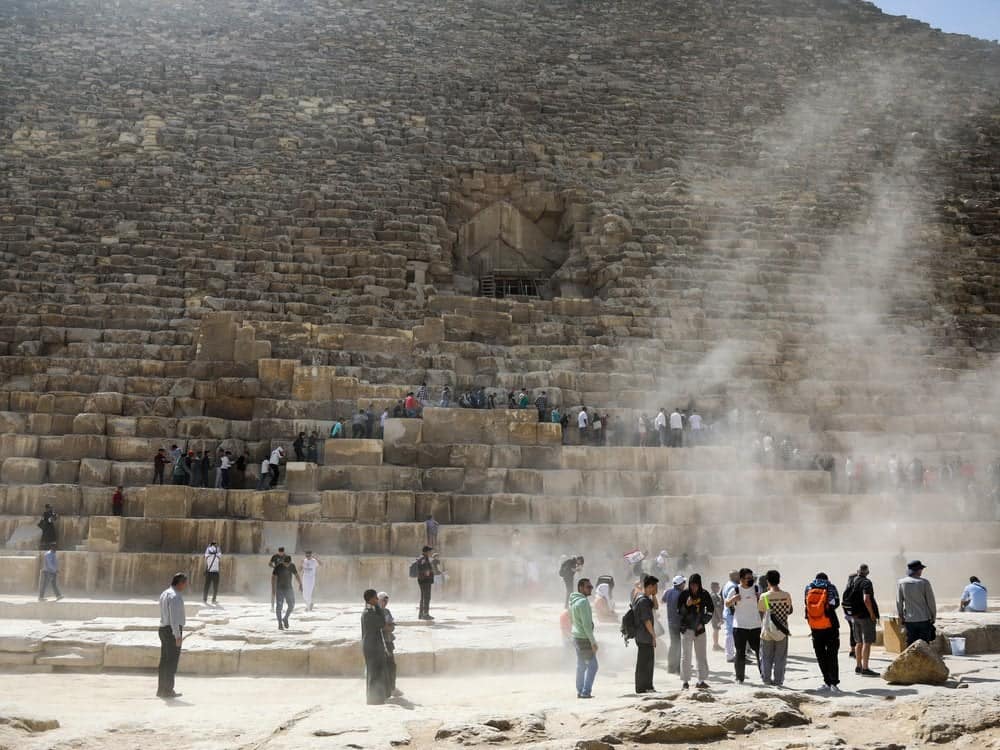
These scans have revealed several voids, including the 30-foot passage, which lies just behind a chevron-shaped configuration of stones not far from where today’s tourists enter the pyramid. A video released by ScanPyramids offers a glimpse into the mapping process and shows where this newly discovered corridor lies.
After learning of the void, researchers used an endoscope to collect images of the corridor on February 24.
“The first pictures taken with the endoscope seem to show there is nothing, but we cannot see all the room precisely yet,” Sébastien Procureur, lead author of the study and a physicist with the French Alternative Energies and Atomic Energy Commission, tells Live Science’s Owen Jarus.
The Great Pyramid was built around 2560 B.C.E. under Khufu, a pharaoh of Egypt’s Old Kingdom. Mysteries and intrigue have always surrounded his life and death.
The Greek historian Herodotus’ portrait of an oppressive and cruel ruler clashes with Egyptian beliefs about his wisdom. Myths persist about Khufu’s funding and motivation for the creation of the Great Pyramid.
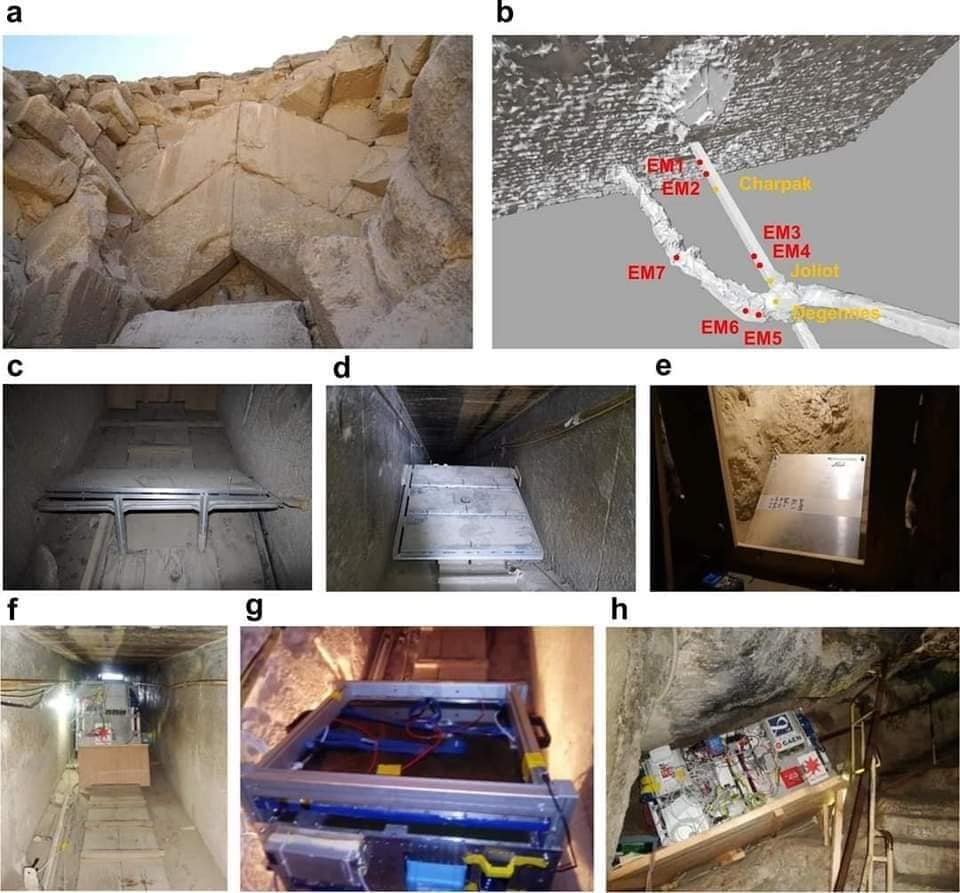
In 2017, researchers discovered another mysterious void in the pyramid. That chamber measures 98 feet long, and many questions about its purpose remain.
Narrowing down what it wasn’t used for may be an easier task. For example, Mohamed Ismail, a spokesman for the Egyptian Ministry of Antiquities, dismissed the idea that it could be any sort of hidden or forgotten burial chamber.
“If there is another burial chamber, there would have been an entrance to it,” Ismail told Cassandra Santiago and Sarah El Sirgany of CNN in 2017.
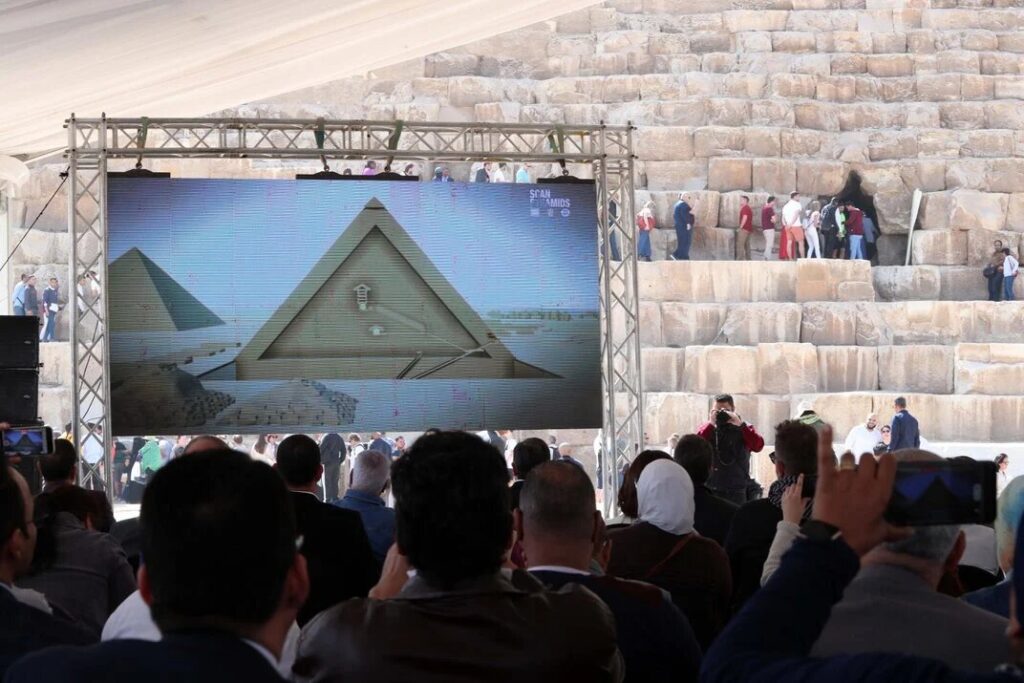
Mostafa Waziri, head of Egypt’s Supreme Council of Antiquities, thinks that the newly discovered corridor likely helped distribute weight within the massive structure, per Reuters’ Aidan Lewis. After all, the pyramid was made with 2.3 million stone blocks, each weighing an average of more than two tons.
Reg Clark, an Egyptologist at Swansea University in Wales who is not connected to the study, echoed the idea that this chamber was purely logistical. “Many of these structural innovations in the pyramids … were developed for pragmatic reasons by the Egyptian tomb builders,” he tells Live Science.
Researchers plan to continue their scans at the site, hoping to find artifacts in the space and unravel more of its mysteries.


